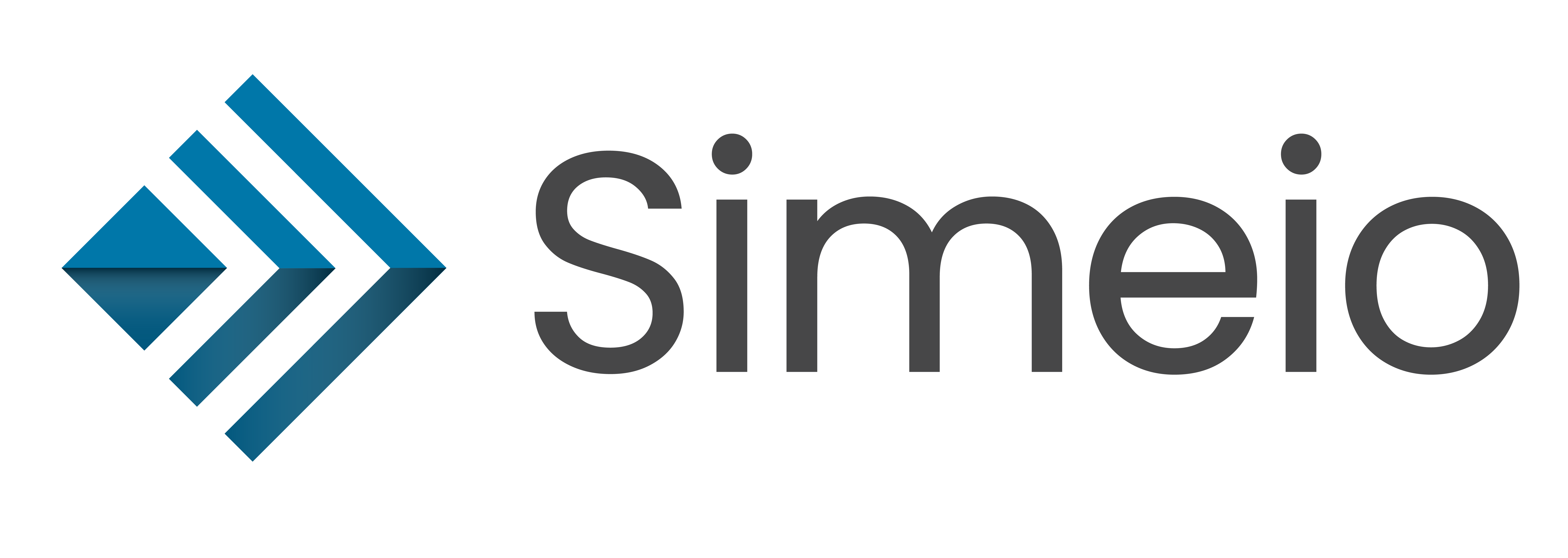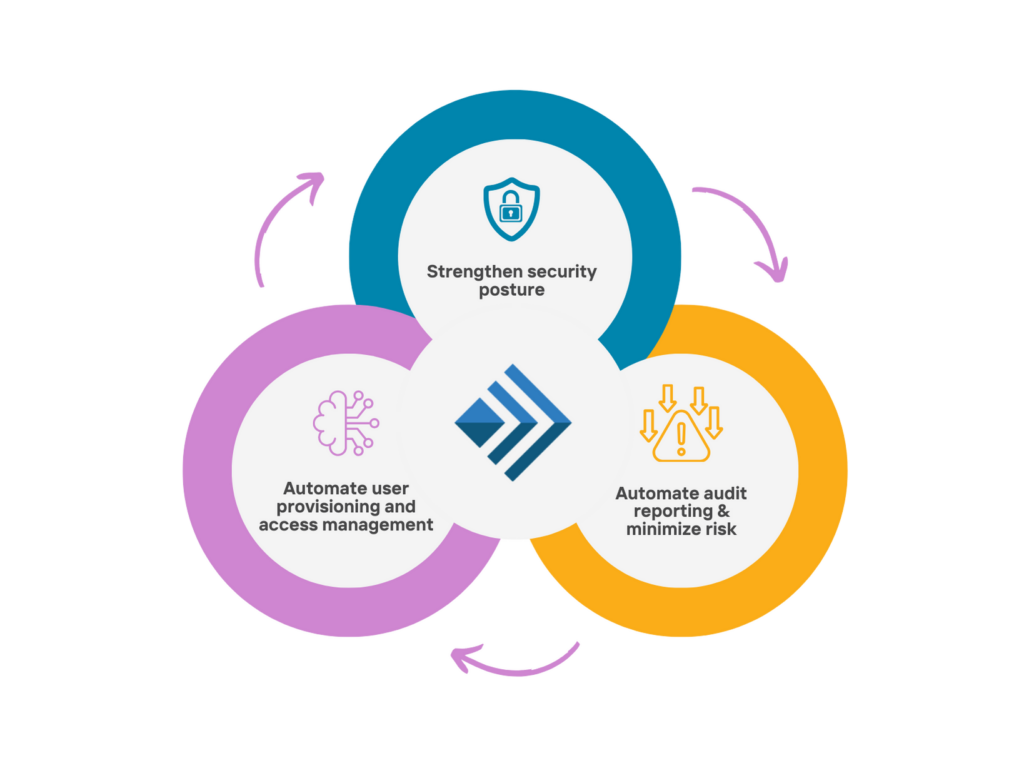
When navigating a treacherous landscape, your priority is to get the lay of the land and chart out a safe path. In the realm of identity and access management, the best way to make this survey is to get an IAM maturity benchmark assessment from Simeio. Doing so drives your enterprise towards a mature identity and access management program. The enterprises handling your data must leverage IAM products to achieve important and significant gains in security, efficiency, and compliance enforcement.
Some companies have tried to establish mature identity and access management programs only to fail in their attempts to effect real change. Tactics which lead one company safely out of the forest send another off the cliff. What are the characteristics of a truly mature IAM program which meaningfully improves their risk posture? Learn our three top aspects of a mature (and thus secure) IAM.
#1 – Mature Identity and Access Management Programs Rely on User Identity Integration
Pieces of a user’s identity can exist across many different systems in an enterprise. HR and IT systems like an active directory serve as repositories for these data fragments. Then there are physical access systems like badges and ancillary mediums like the phone system. Finally, there are the various business applications that become critical for a user to perform their role. With the average person using 9 applications on mobile and 4-5 work applications on personal computers, potential attack surfaces can easily swell.
Before long, keeping up with all these disparate systems and keeping user attributes current becomes unmanageable and insecure. The longer an enterprise waits to start combatting identity sprawl, the riskier and more costly it becomes. Most organizations recognize the problem and the need for a consolidated view of a user’s identity. However, enacting the necessary changes is dauting. It seems simple enough, but the digital transformation takes planning, time, and solid methodology.
Moving an organization down the road to consolidated user identity integration relies upon several factors. All provisioning and tracking processes must become centralized, providing a single source of truth for identity policy enforcement. Next, a full identity audit must be performed, removing redundant identity attributes from across the enterprise and purging orphaned accounts. Finally, these policies must be automated, thus synchronizing changes to identities across their various endpoints. This prevents unsafe gaps in the overall identity fabric and enables better audit readiness.
#2 – Automated Account Provisioning for Ease and Security
Once the enterprise institutes a reliable identity management platform, the business of efficiently and safely managing identities begins in earnest. Creating an account on an appropriate system with the correct permissions is a straightforward task. However, if a company continues to grow, it eventually exceeds a certain critical mass. At this stage the enterprise reaches a tipping point. At this stage, manual provisioning becomes untenable and an IAM management solution becomes necessary. Otherwise, the provisioning process becomes sluggish or out of control.
Without proper management, requests for new accounts, changes to existing accounts, and repeated requests to remove accounts for terminated employees begin to pile up. The resulting backlog delays new workers from starting. In turn, this hampers productivity and creates cybersecurity vulnerabilities where the accounts of terminated employees remain active for far too long. Centralizing and standardizing the process helps immensely, but this is taken to the next level by the addition of automation.
Augmentation through automation speeds up the process while enforcing identity standards, access entitlements, and provisioning policies. Automatic account removal of terminated employees is also a significant cybersecurity gain, removing the risk posed by orphaned accounts. All accounts on key systems tie back to a central and validated user account. This eliminates unknown and orphaned user IDs from across the enterprise. This layer of automation helps strengthen security while improving user experience: the essence of a mature identity and access management system. Additionally, the automated aspect greatly eases auditing events. This is especially true when audit-related data is specified and collected continually.
#3 – Intelligent Authentication for a Mature Identity and Access Management Program
As organizations grow and add more people, systems, and applications secure password management becomes a challenge. Compromised credentials are the primary attack vector for cybercriminals, and mismanaged password systems make your enterprise more likely to fall victim to such an attack. While features like self-service password recovery are a step in the right direction, they are not credential management’s end. If your enterprise wishes for better security, it must look to passwordless methods.
The best passwordless defenses against compromise are multi-factor authentication and single sign-on. With the previously established systems of a centralized identity governance apparatus in place, producing workable multi-factor authentication (MFA) and single sign-on (SSO) becomes much simpler.
Leveraging the multiple endpoints already associated with your identity platform allows you to link mobile devices, email addresses, and biometrics to a user’s identity. Not only does this expedite password recovery options (if you choose to pair a password with MFA) but it greatly improves security by limiting the potential damage done by a compromised credential.
Striving for a Mature Identity and Access Management Program
You may already be aware of the shortcomings in your current identity fabric. However, without a clear and complete picture, your implementations will come up short. That is why an identity assessment must be the first step you take on your road to digital transformation. The best form this assessment can take is an IAM maturity benchmark.
Maturity-driven benchmarking ensures a mature identity and access management program. By measuring your enterprise against clinically proven levers, you’ll get a pristine view of your current needs. Furthermore, you receive crucial advisement on how to proceed with your improvements.
Contact a Simeio Identity Advisor and learn how to start moving towards a mature, secure, and audit-ready identity fabric now.

